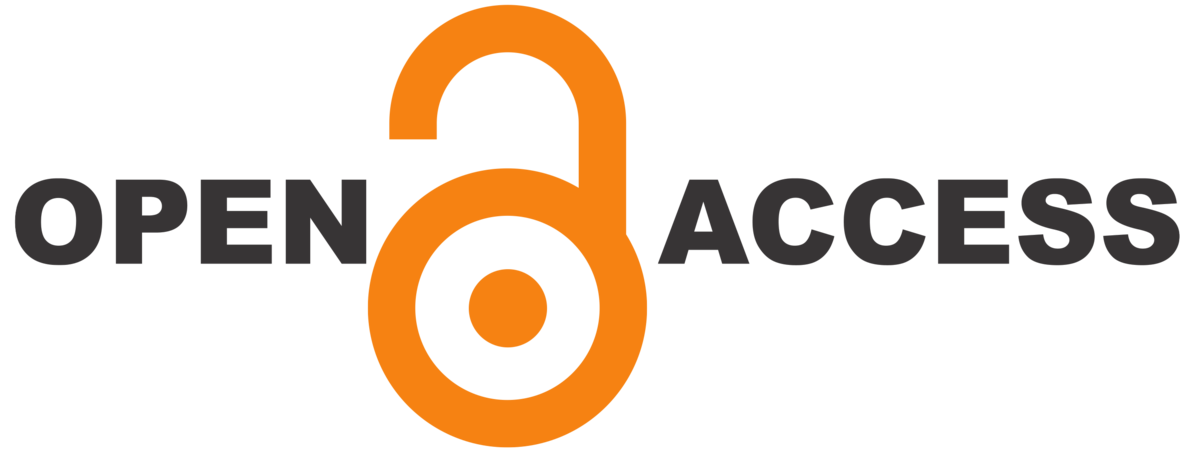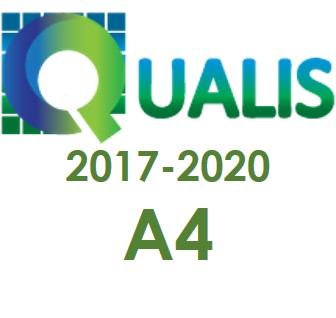Um corpo em autorretrato e as imagens de si (The body in self-portrait and self-images)i
DOI:
https://doi.org/10.22481/el.v15i2.3544Palavras-chave:
Análise de Discurso, Corpo, Frida KahloResumo
Neste artigo, partindo do dispositivo teórico analítico da Análise de Discurso, buscamos compreender o modo como um sujeito definido (fisicamente) pelo corpo dito deficiente, por carregar em si uma diferença, cujos sentidos podem derivar para incapaz, limitado, anormal, deformado, inválido etc., produz sentidos em relação a si mesmo, em relação a sua condição de existência à medida que se autorretrata, isto é, projeta uma imagem de si. Analisamos autorretratos da pintora mexicana Frida Kahlo, visando explicitar discursividades da relação do sujeito com seu corpo, compreendendo o corpo enquanto materialidade específica de significação do sujeito.
PALAVRAS-CHAVE: Análise de Discurso. Corpo. Frida Kahlo.
Downloads
Referências
COURTINE, J. J. O corpo anormal – História e antropologia culturais da deformindade. In: CORBIN, A.; COURTINE, J. J; VIGARELLO, G. (Org). História do Corpo: as mutações do olhar – o século XX. Tradução e revisão Ephraim Ferreira Alves. 3a ed. Petropólis, RJ: Vozes, 2009. p. 253-340.
FERREIRA, E.; ORLANDI, E. O discurso corporal atravessado pela dança em cadeira de rodas. In: ORLANDI, E. (Org.), Cidade Atravessada: os sentidos públicos no espaço. Campinas, SP: Pontes, 2001. p. 89-94.
FERREIRA, M. C. L. O corpo enquanto objeto discursivo. In: DIAS, C.; PETRI, V. (Org.) Análise de discurso em perspectiva: teoria, método e análise. Santa Maria, RS: Ed. da UFSM, 2013.
HASHIGUTI, S. T. Corpo de Memória. Tese (Doutorado em Linguística Aplicada), Instituto de Estudos da Linguagem da UNICAMP, Campinas: 2008.
KAHLO, F. O diário de Frida Kahlo: um auto-retrato íntimo. Introdução de Carlos Fuentes, comentários de Sarah M. Lowe, e tradução de Mário Pontes. Rio de Janeiro: José Olympio Editora, 2a ed., 1996.
MICHAUD, Y. Visualizações – O corpo e as artes visuais. In: CORBIN, A.;COURTINE, J. J; VIGARELLO, G. (Org). História do Corpo: as mutações do olhar – o século XX. Tradução e revisão Ephraim Ferreira Alves. 3a ed. Petropólis, RJ: Vozes, 2009. p. 541- 566.
ORLANDI, E. P. Maio de 1968: os silêncios da memória. In: ACHARD, P. et al. Papel da Memória. Campinas-SP, Pontes: 1999.
ORLANDI, E. P. Processos de significação, corpo e sentido. In: Discurso em Análise: sujeito, sentido, ideologia. Campinas-SP, Pontes, 2012.
ORLANDI, E. P. Discurso e Texto: Formulação e Circulação dos Sentidos. Campinas-SP, Pontes: 2001.
ORLANDI, E. P. Análise de Discurso em suas diferentes tradições intelectuais: o Brasil. 2011. Disponível em: http://www.analisedodiscurso.ufrgs.br/anaisdosead/1SEAD/Conferencias/EniOrlandi.pdf
ORLANDI, E. P. Discurso em Análise: Sujeito, Sentido, Ideologia. Campinas-SP: Pontes, 2012.
ORLANDI, E. P. Processos de significação, corpo e sujeito. In: AZEVEDO, A. F. (Org.), Sujeito, corpo, sentidos. Curitiba: Appris, 2012, pp.13-30.
ORLANDI, E. P. A palavra dança e o mundo roda: Policia! In: GUIMARÃES, E. (Org.), Cidade, Linguagem e Tecnologia: 20 anos de história. Campinas, SP: LABEURB, 2013.
PÊCHEUX, M. Análise Automática do Discurso (AAD-69). In: GADET, F.; HAK, T. (Orgs.) Por uma análise automática do discurso. Uma introdução à obra de Michel Pêcheux. Campinas: Editora da Unicamp, [1969]1990.
PÊCHEUX, M. Semântica e Discurso: Uma Crítica à Afirmação do Óbvio. Trad. ORLANDI, E. P. [et al.]. Campinas-SP: Editora da UNICAMP, [1975]1988.
_____. O discurso: estrutura ou acontecimento. 3a Edição. Campinas-SP: Pontes, [1983] 2002.
PÊCHEUX, M. Papel da memória. In: ACHARD, P. et al. (Org.) Papel da memória.Tradução e introdução José Horta Nunes. Campinas-SP: Pontes, 1999.
SCHALLER, J-J. Construir uma educação renovada. Revista Educação e Pesquisa, USP, São Paulo, ano e volume 28, número 2, p. 147-164. Julho/Dezembro. 2002.
SOTTER, G. Kahlo. Londres: Sirrocco, 2011.
SUQUET, A. Cenas – O corpo dançante: um laboratório da percepção. In: CORBIN, A.; COURTINE, J. J; VIGARELLO, G. (Org). História do Corpo: as mutações do olhar o século XX. Tradução e revisão Ephraim Ferreira Alves. 3a ed. Petropólis, RJ: Vozes, 2009. p. 509-540.
TEIXEIRA, L. “Sou, então, pintura”: em torno de auto-retratos de Iberê Camargo. Alea, 2005, vol.7, n.1, p. 123-138. Disponível em: http://www.scielo.br/scielo.php?pid=S1517-106X2005000100008&script=sci_arttext
Downloads
Publicado
Como Citar
Edição
Seção
Licença
Autores que publicam em Estudos da Língua(gem) concordam com os seguintes termos:
Estudos da Língua(gem) mantém os direitos autorais das contribuições publicadas e disponibiliza seu conteúdo gratuitamente por meio do portal. Autores têm permissão e são estimulados a publicar e distribuir seu trabalho online em repositórios institucionais ou na sua página pessoal, com reconhecimento de autoria e créditos de publicação inicial nesta revista, indicando endereço online.












